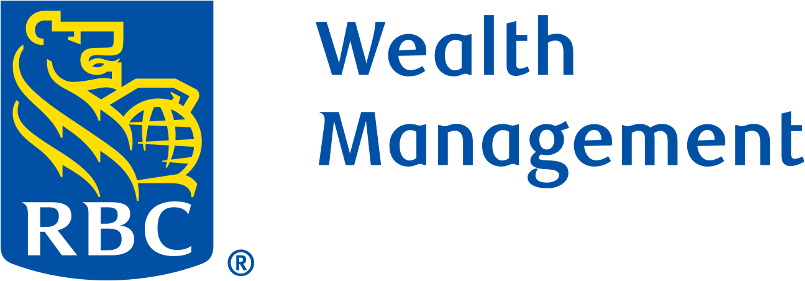I frequently get asked about the different ways parents can save on behalf of their children. Certainly, the cost of a college education is on the minds of most parents, but so are the basics of financial literacy, the $800 prom dress (WHAT!!?!), the $350 DeMarini baseball bat, or that first car!
Having a plan and taking advantage of certain account types can quickly clear a path that will make navigating this area much easier for parents and their children alike.
Again, there is no right answer for everyone, but let’s talk about some options that are out there and how better to think about them.
Savings Account at a local bank
One thing that continues to leave this world is any friction related to purchasing decisions, so anything that we as parents can do to add friction or increase the level of tangibility when it comes to money is something we should do. We should be doing this ourselves too!
This is why I love a local savings bank as a child’s 1st account. It gives children an opportunity to see the money going in and feel the money coming out by physically having to go to the bank. I use this approach myself. My wife and I opened two children’s savings accounts at a local bank and just by opening the accounts and telling the girls that they have them (we funded them to kick things off!) has them more interested in getting the balances up. It allows both girls to make deposits from monetary gifts they receive during the year much easier vs. “mom or dad putting it in the bank”, and then somehow mom and dad keeping a running ledger on which girl has what.
Custodial Investment Account (“UGMA” account)
An UGMA account, or Uniform Gifts to Minors Act account, allows for adults to open investment accounts which are managed by the custodian (parent) until the minor (child) reaches the age of majority, which is age 21 in both Iowa and Illinois for custodial accounts.
A few considerations here. When the minor reaches age 21, these accounts switch to individual accounts and the minor has 100% control of the assets and they can do with them what they please. One of the reasons for opening these types of accounts and educating children during the process is that this spendthrift attitude is kept at bay when the account becomes theirs.
529 Education Savings Account
Very popular savings accounts for educational expenses, typically sponsored by state programs, are 529 accounts. These accounts offer tax free savings and tax-free withdrawals when used for educational purposes. These plans also include a number of good investment options to choose from, including age-based target date funds which make selecting a portfolio that aligns with your student’s 1st year of use quite easy.
Minor Roth IRA
One of the lesser talked about account types for children is the Roth IRA. Most parents aren’t thinking about this account as most only think about it once you have a “real job” and are out of college and on your own. You’re right, you must have a job of some sort, as this account can only be funded with EARNED INCOME.
So, if your child decides at age 12 to pick up a paper route (much more popular in the mid-1990s by the way – thank you, Mom – the sliding doors on the Minivan worked perfectly for this business!) and earns $500 per month, 12 months a year for a total of $6,000, that entire $6000 could be contributed into the Minor’s Roth IRA.
By starting a Roth IRA so early, the account will have an unbelievable opportunity to grow over time and that growth and use of assets will all be tax-free.
---
There you have it – a short primer on the 4 accounts I like to recommend that parents consider for their children. All these accounts will help communicate and educate children on what it means to save for their future. Some have specific savings goals (529 accounts & education) and some do not (general savings at local bank). There are always tax considerations to think through and understanding those with your CPA or tax professional is always a good idea.
In the end, being able to set your children up for responsible money habits is an often-over-looked skill set. Here at The Kennedy Jennings Wealth Management Group, we help families navigate these decisions every day and would be happy to answer any questions that come out of this article.

